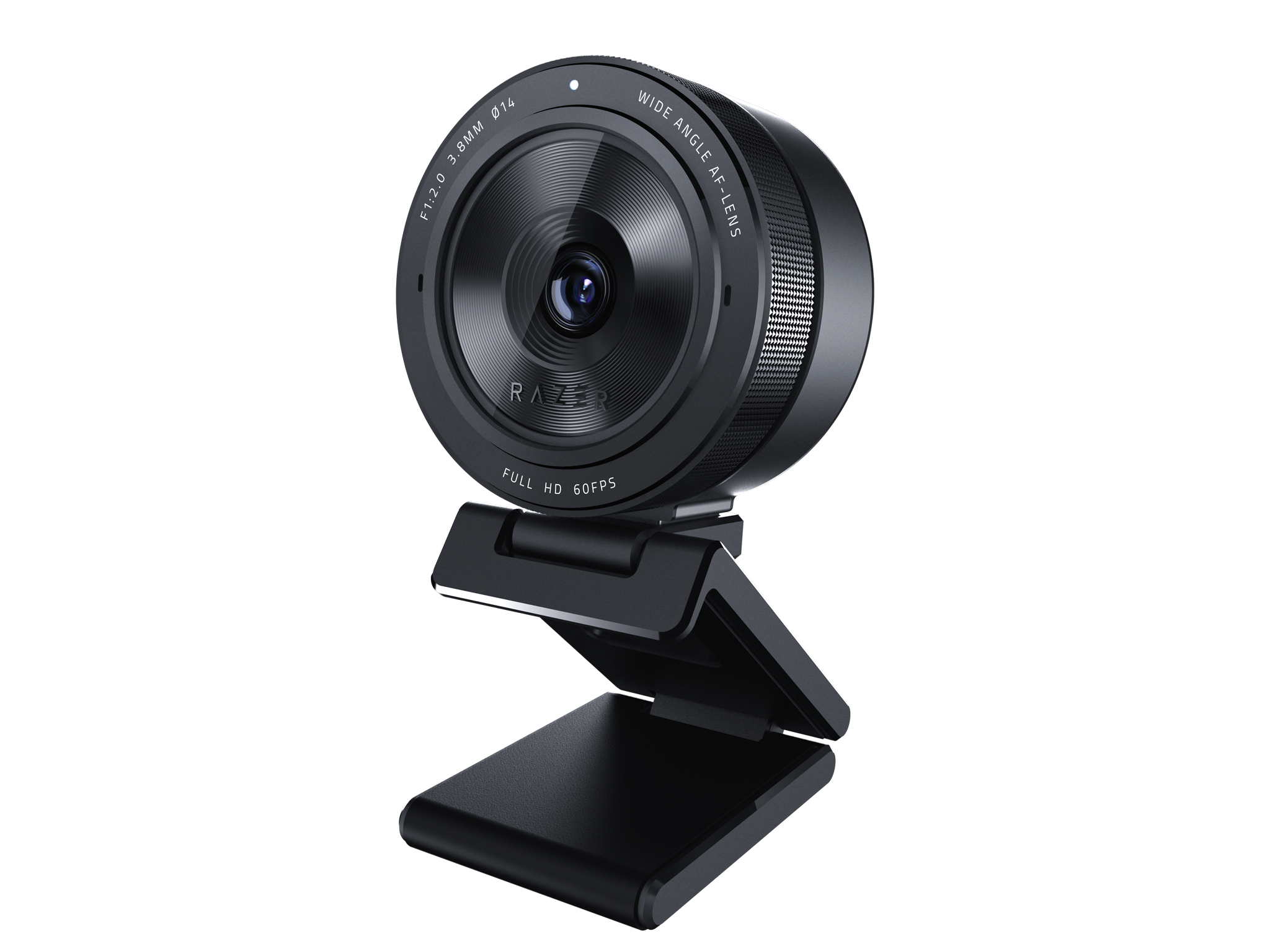Razer announces its juggernaut Kiyo Pro full HD webcam packed with low-light tech
With a STARVIS low-light sensor, USB 3.0 support, and a new level of image sharpness, the Kiyo Pro looks to be a killer webcam for work or play.
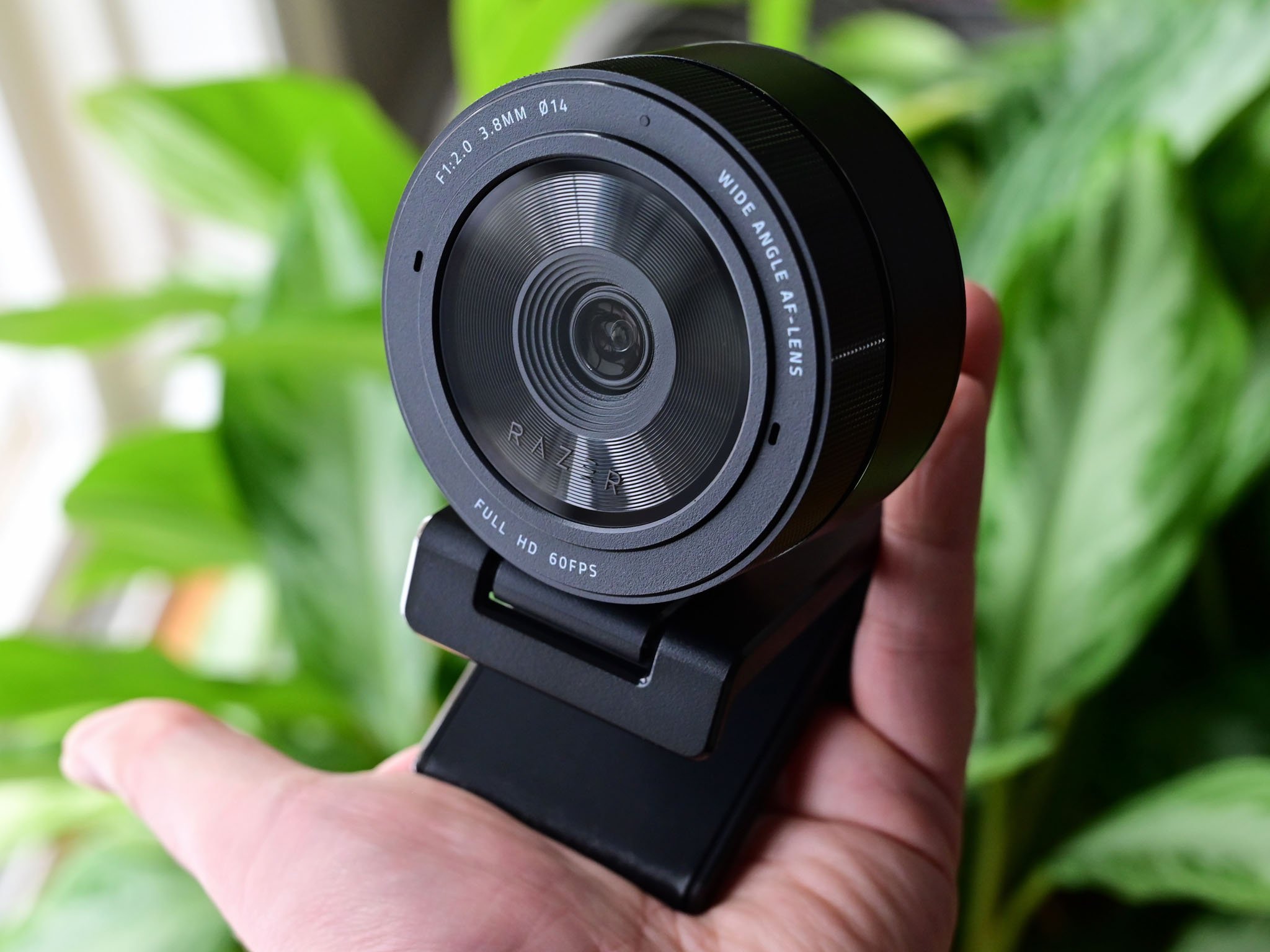
What you need to know
- The Razer Kiyo Pro is a high-end full HD webcam with low-light abilities.
- It has a 1/2.8 CMOS sensor with STARVIS technology.
- Kiyo Pro is aimed at game streamers but also for productivity and the office.
- Kiyo Pro is available now through Razer for $199.
Web cameras have taken on a whole new level of importance since 2020 with the ongoing pandemic. That need for work from home (WFH) and study from home (SFH) only crunched demand for game streamers, who also need high-quality cameras for their vocation.
Today, Razer introduces the Kiyo Pro, a step up from its current Kiyo webcam. While it ditches the creative ring light, it gains in superior STARVIS low-light sensor technology. The full HD camera looks to take on Logitech's popular BRIO, which is also priced at $199, but you may be able to find this new one in stock.
Here's what makes the Kiyo Pro more than just your ordinary pro-level webcam.
Powerful CMOS sensor with STARVIS technology
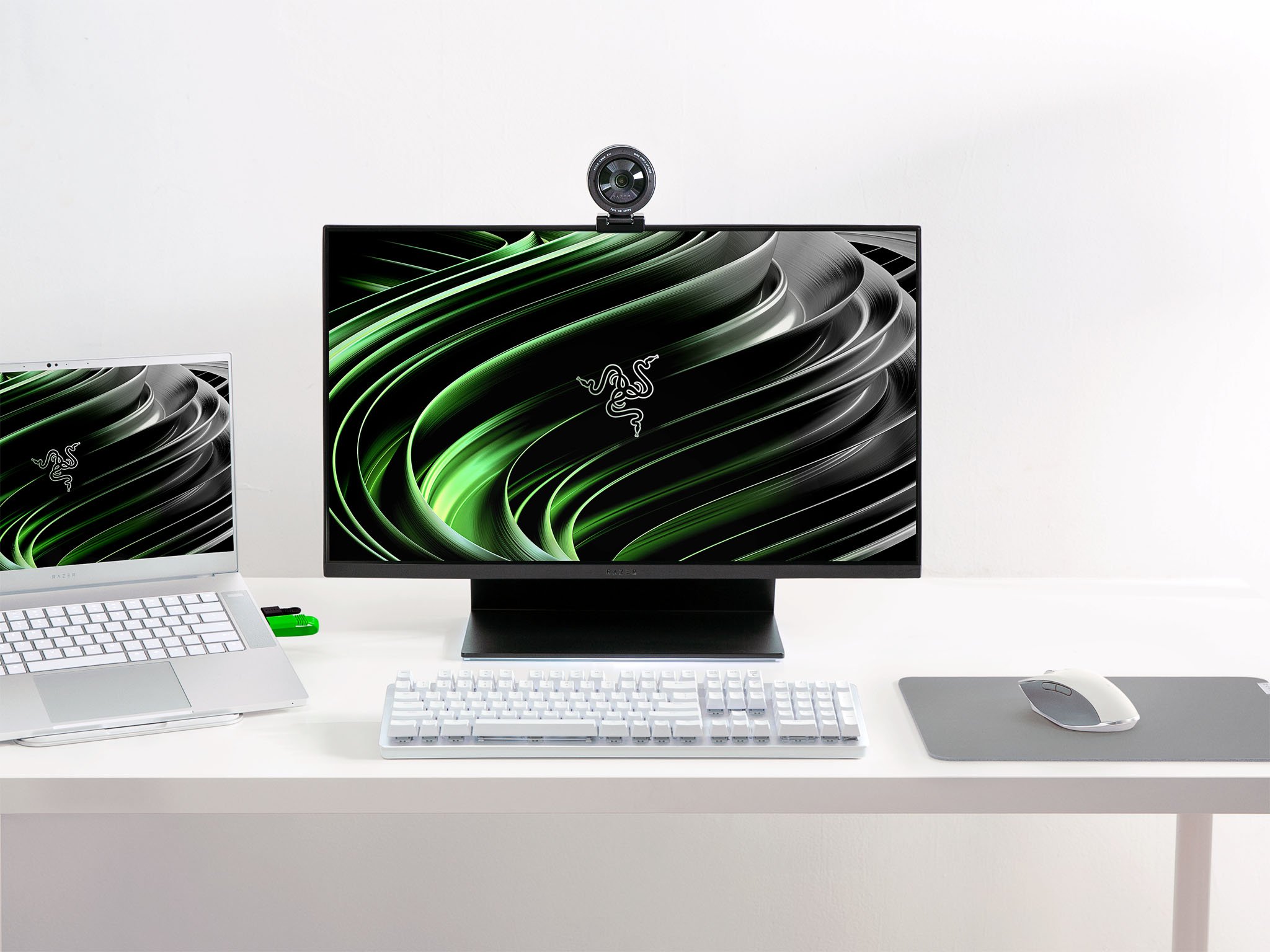
Razer is using STARVIS back-illuminated pixel technology for the CMOS sensor. If that sounds familiar, it's because it is often used in high-end security cameras like the EufyCam 2 I recently reviewed.
It's a decent-sized sensor, too, at 1/2.8 CMOS sensor with a full F/2.0 aperture with a range of fields of view ranging from 103°, 90°, or 80°. Razer notes that the 103° is wide enough for group video calls or to show more of your background for "live activities." In contrast, the 80° narrower field of view is for single-person webcam usage or "professional headshot view."
| Category | Razer Kiyo Pro |
|---|---|
| Connection type | USB 3.0 |
| Image resolution | 2.1 MP |
| Lens | F2.0 with Gorilla Glass 3 |
| Video Resolution | 1080p @ 60/30/24FPS720p @ 60FPS480p @ 30FPS360p @ 30FPS |
| Video encoding | H.264 codec |
| Still Image Resolution | 1920 x 1080 |
| Image Quality Settings Customization | Yes |
| Diagonal Field of View (FOV) | 103°, 90°, 80° |
| Focus Type | Auto |
| Mounting Options | L-shape joint and Tripod (Not included) |
| Cable Length | 1.5 meters braided cable |
| Channels | Stereo |
| Audio Codec | 16bit 48KHz |
| Polar patterns | Omni-directional |
| Sensitivity | -38dB |
| Windows Hello | No |
The Kiyo Pro is capable of uncompressed full HD 1080p at 60 frames-per-second (FPS). Enabling HDR at 30 FPS "ramps up the dynamic range, correcting under or overexposed areas on the fly, eliminating silhouetting if the subject is lit from behind, for vibrant colors and even lighting, across the whole image."
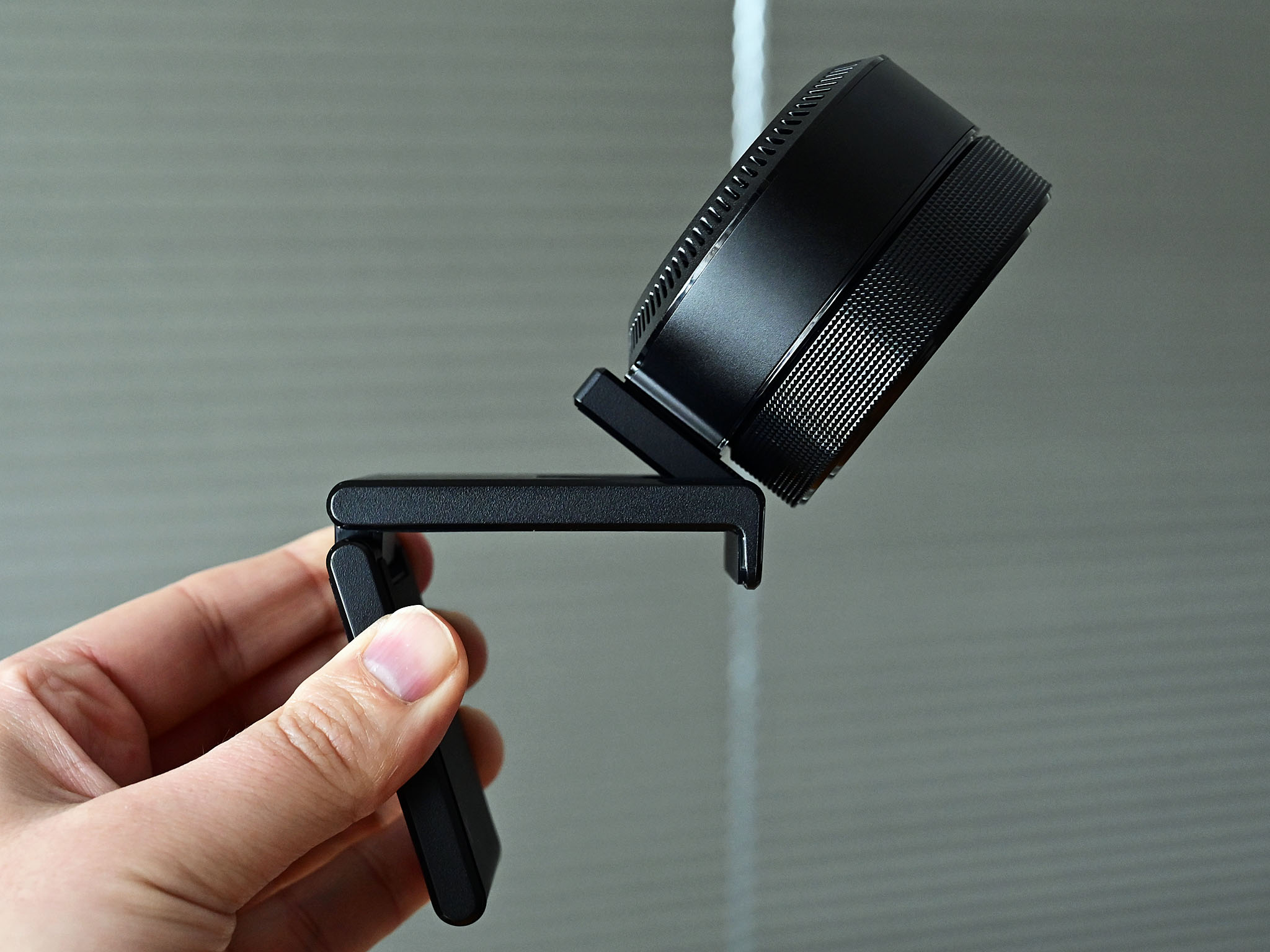
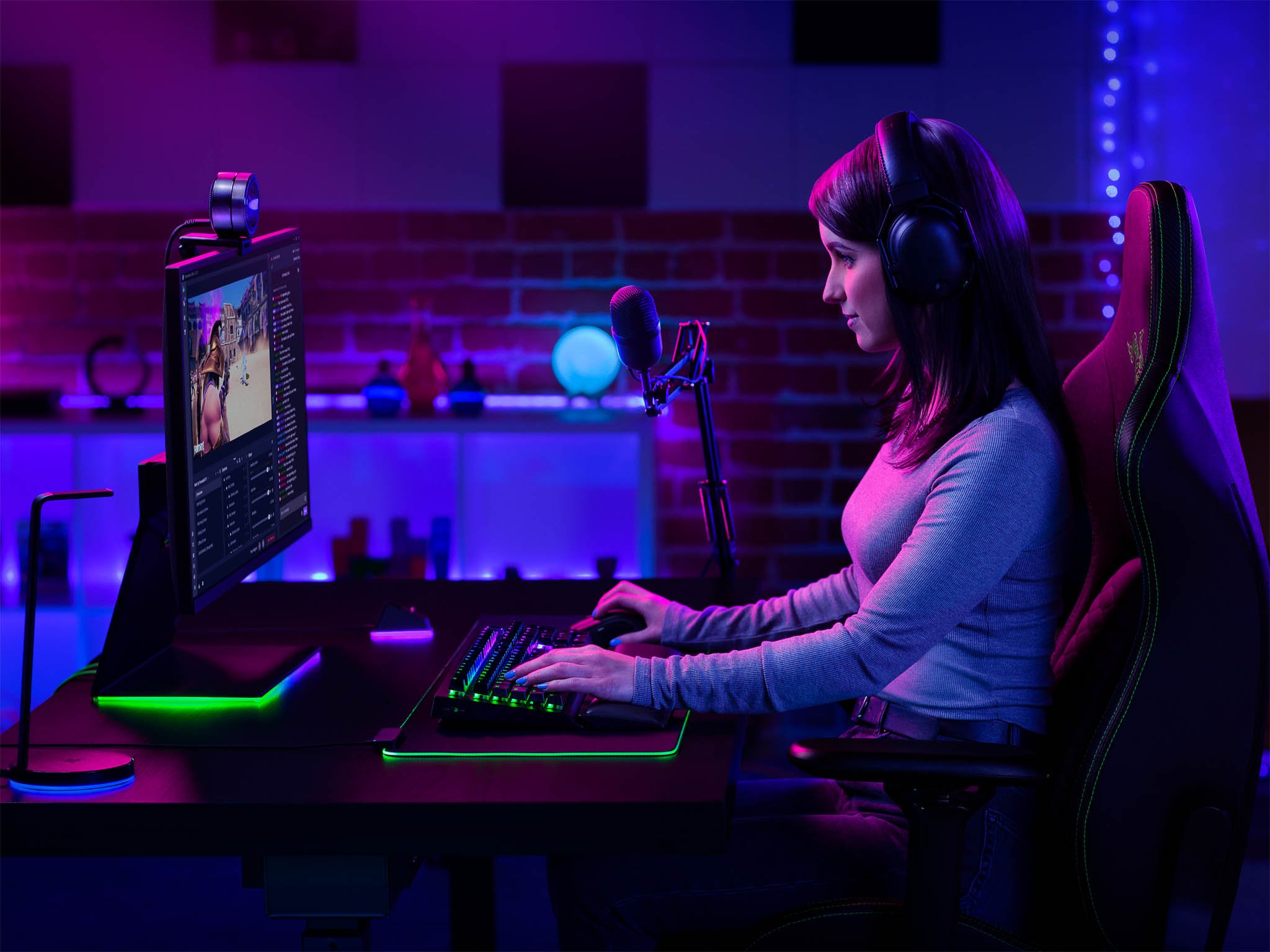

Positioning is also more sophisticated than Logitech's BRIO as the mount can be configured for a computer monitor, tabletop, or direct tripod mounting.
Get the Windows Central Newsletter
All the latest news, reviews, and guides for Windows and Xbox diehards.
Other bonus features include a lens cap for privacy, support for USB 3.0 to pass the 5GB/s signal, and 16bit, omnidirectional stereo microphone array. The included 1.5-meter braided cable is a Type-C to Type-A.
See Razer Kiyo Pro in action this Friday
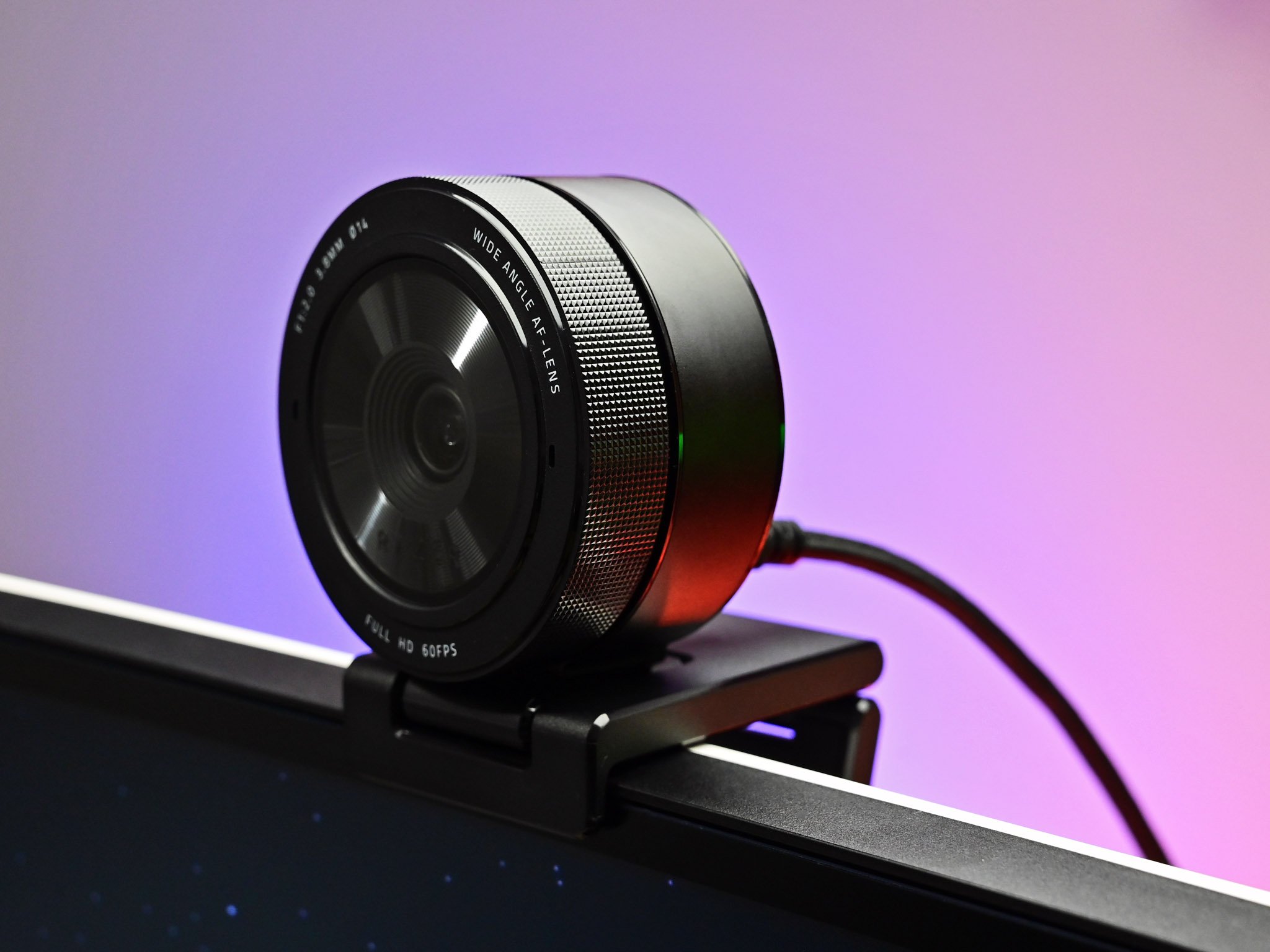
For those who want to see the new Razer Kiyo Pro in a real-world example, you can tune into the Windows Central Podcast live this Friday on YouTube at 2:30 PM ET. On the podcast, I'll be switching between the Logitech BRIO and the new Razer Kiyo Pro so you can decide which one you feel looks best.
See our best webcams for PCs for even more options.
Price and availability
The Razer Kiyo Pro is available now from Razer.com for $199. It'll also be launching in various retailers in the coming weeks.
Look for my full review of the Razer Kiyo Pro to see how it stands up to regular usage next week.

Daniel Rubino is the Editor-in-chief of Windows Central. He is also the head reviewer, podcast co-host, and analyst. He has been covering Microsoft since 2007 when this site was called WMExperts (and later Windows Phone Central). His interests include Windows, laptops, next-gen computing, and wearable tech. He has reviewed laptops for over 10 years and is particularly fond of 2-in-1 convertibles, Arm64 processors, new form factors, and thin-and-light PCs. Before all this tech stuff, he worked on a Ph.D. in linguistics, performed polysomnographs in NYC, and was a motion-picture operator for 17 years.
